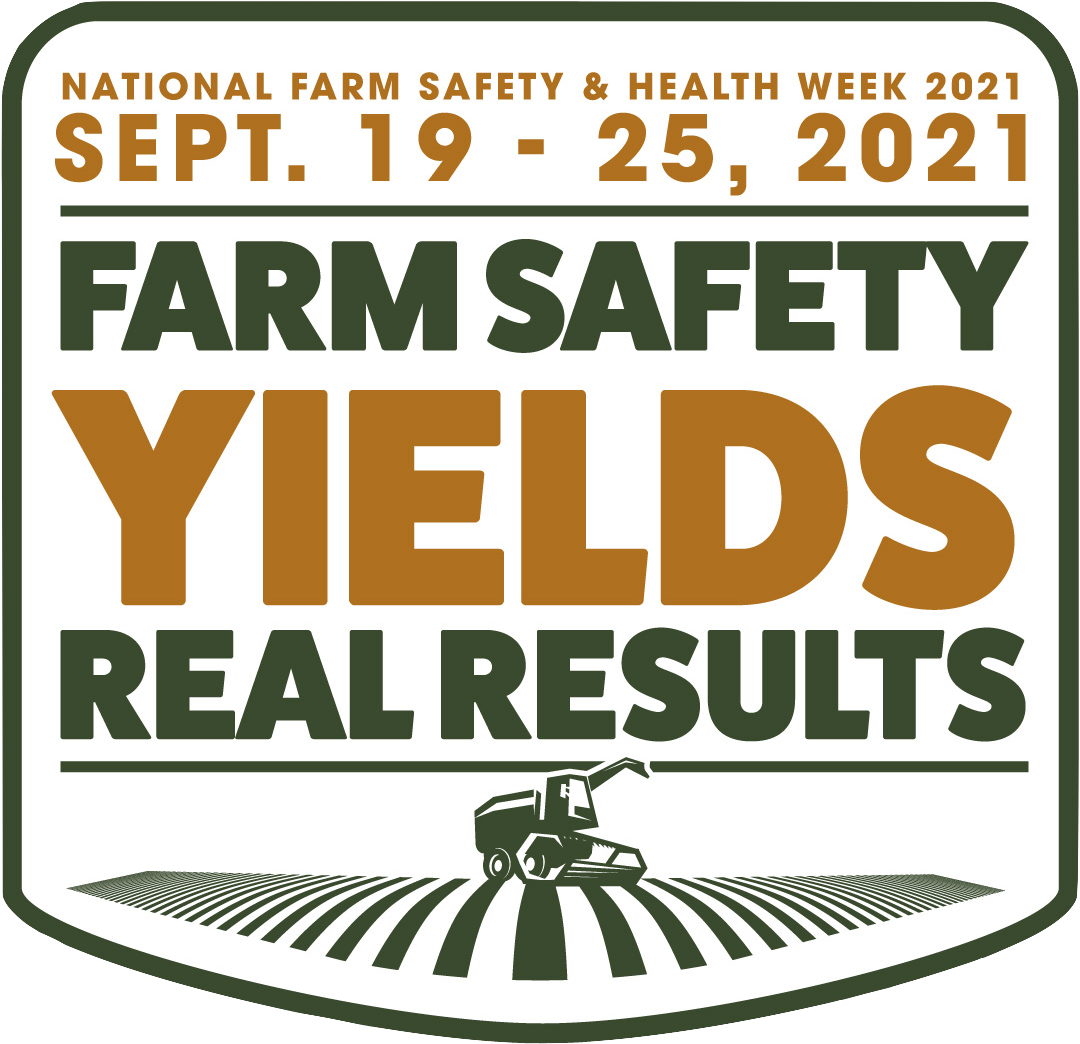
- This event has passed.
NFSHW 2021: Anhydrous Ammonia Safety for Farmworkers
September 23, 2021 @ 12:00 pm - 1:00 pm CDT

Last updated on January 19th, 2022 at 05:03 pm
Summary: Anhydrous ammonia (NH3) is an effective nitrogen crop fertilizer used throughout the Midwest and beyond. Anhydrous ammonia is potentially dangerous, as it seeks water from the nearest source, which may be the human body – especially the eyes, lungs, and skin because of their high moisture content. Few problems occur when anhydrous ammonia is handled properly and applied as intended. However, it is important for all individuals working with this type of fertilizer to understand the potential health risks, necessary safety precautions, and proper response in the event of exposure.
Personal protective equipment (PPE) is one of the last lines of defense for workers against Anhydrous Ammonia injuries. Women in all industries, including agriculture, have trouble finding and purchasing respiratory protective equipment that fits and is safe/comfortable to wear. The National Safety Council, in a 2019 publication of Safety and Health, reported OSHA documentation indicating the lack of a full range of PPE, as well as, employers’ limited knowledge of PPE designed for women – as some of the reasons for the difficulty. The focus of the training is on anhydrous ammonia safety during transport and application, including the anatomy of the nurse tank and toolbar, safety inspection processes, hitching, and unhitching safety, personal protective equipment (PPE), rural roadway safety, and first aid/emergency procedures. Hazard communication and emergency action plans will also be addressed.
Intended Audience: Farm/Ranch owners and operators, health and safety professionals, safety officers or specialists, managers, supervisors, safety coordinators, health safety and environmental interns, and any person or persons who serve as safety personnel in an agricultural setting.
Objectives: At the end of this webinar, participants will be able to…
1. Choose appropriate personal protective equipment (PPE)
2. Make use of a safety inspection process
3. Describe safety measures to follow during anhydrous transport and application
4. Plan and utilize basic first aid/emergency procedures
Presenter: Dan Neenan, MBA, Paramedic, Manager, National Education Center for Agricultural Safety (NECAS)
This material was produced under grant number SH-99084-SH0 from the Occupational Safety and Health Administration, U.S. Department of Labor. It does not necessarily reflect the views or policies of the U.S. Department of Labor, nor does mention of trade names, commercial products, or organizations imply endorsement by the U.S. Government.
